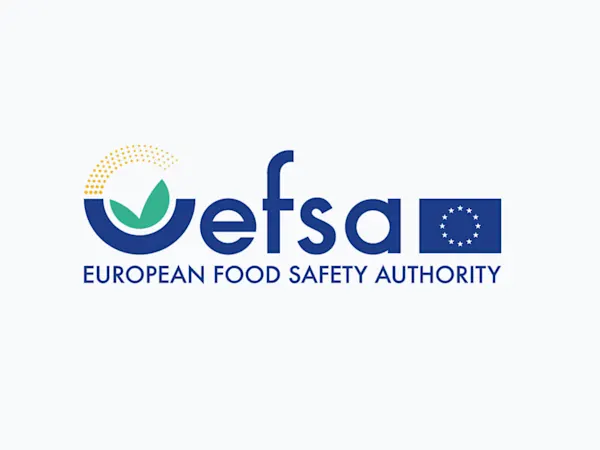
EU Ministers Press Commission on Delayed REACH Revision Amid Industry and Environmental Demands
EU Member States urge the Commission to accelerate the REACH revision, citing urgent health, environmental, and industry competitiveness needs.


European scientists have urged the European Commission to include a Mixture Assessment Factor (MAF) in the upcoming revision of the REACH Regulation. In a joint letter dated 26 May 2025, the academics warn that current single-substance assessments fail to reflect real-world chemical exposure, risking human health and the environment. This policy shift could significantly impact risk management strategies across manufacturing, chemicals, consumer goods, and other sectors.
REACH, the EU’s cornerstone regulation on chemical safety, currently evaluates substances in isolation. However, scientists from institutions including Stockholm University, RWTH Aachen, and Brunel University argue this model underestimates actual risk. They advocate for the implementation of a Mixture Assessment Factor—a pragmatic tool designed to account for the cumulative effects of multiple substances found in consumer products, food, and the environment.
According to the letter, the general European population is consistently exposed to chemical cocktails from various sources. Studies referenced include a 2024 Science article demonstrating neurotoxic effects in pregnant women from “safe-level” chemical mixtures, and EU human biomonitoring programmes showing pervasive contamination.
The proposal has already gained support from the European Parliament, as well as national governments including Sweden, Denmark, Finland, and Luxembourg. The letter stresses that implementing the MAF would not significantly increase the regulatory burden on industry or authorities, referencing a detailed Swedish Chemicals Agency report.
“Scientific evidence overwhelmingly supports the need to shift from compound-by-compound to mixture-based risk assessments,” said Professor Christina Rudén, who coordinated the letter.
Foresight continuously tracks 1000s of sources and maps updates to your portfolio:




EU Member States urge the Commission to accelerate the REACH revision, citing urgent health, environmental, and industry competitiveness needs.

The EU has classified DBDPE as a substance of very high concern (SVHC) due to vPvB properties, affecting manufacturers and downstream users of flame retardants.

EFSA launches consultation on updating its Weight of Evidence and Biological Relevance guidance, aiming to streamline chemical risk assessment practices.
Subscribe to Foresight Weekly and get the latest insights on regulatory changes affecting chemical compliance.
Free forever. Unsubscribe anytime.
Read by professionals at